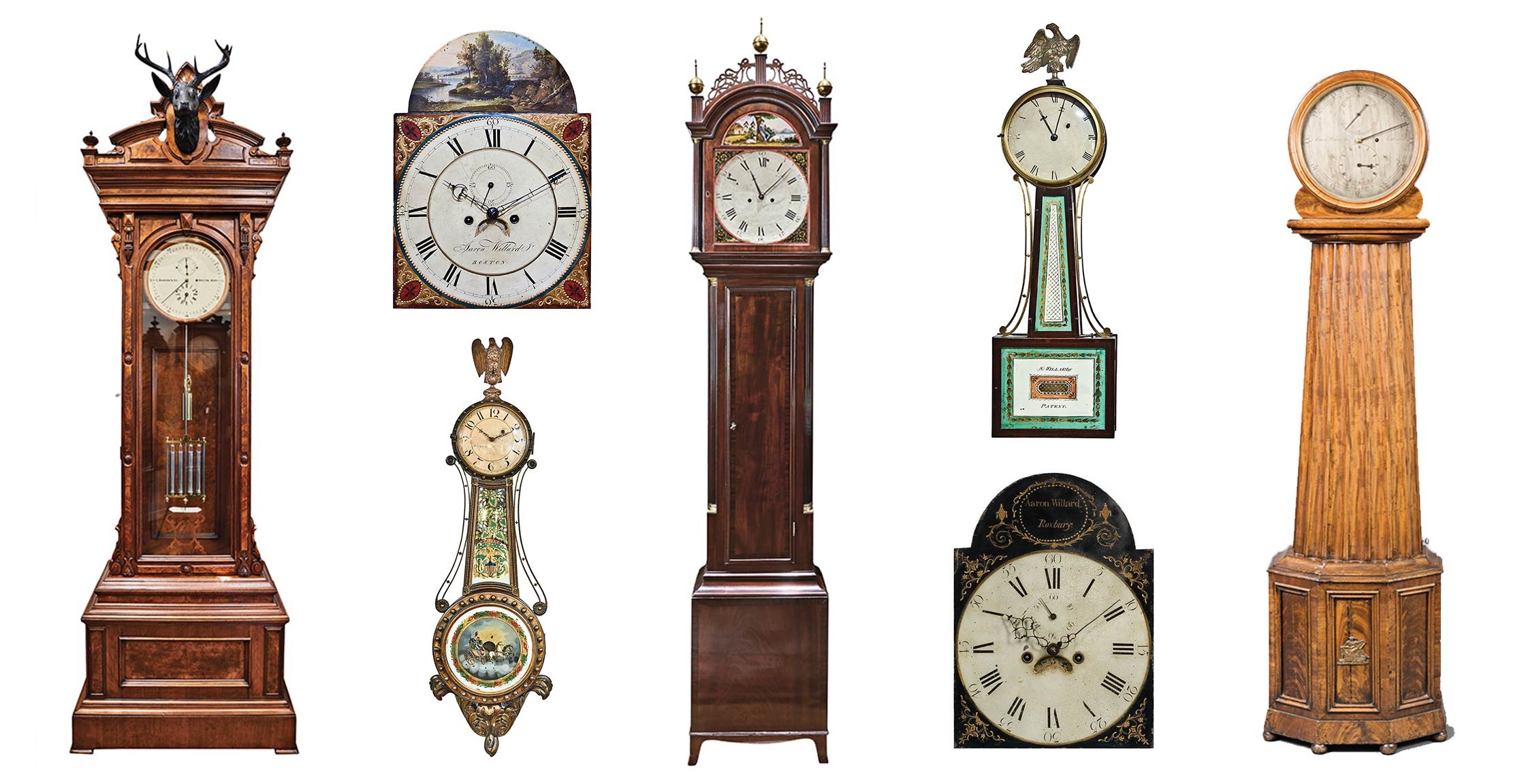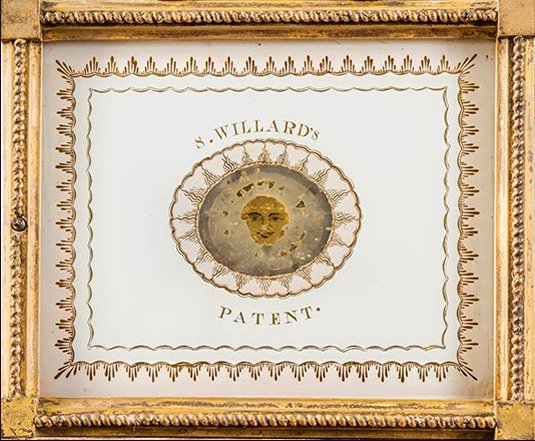
15 MILLION NEW REASONS THAT MAKE US SMILE
WHCM to Receive $15 Million Gift to Expand its Collection and Build State-of-the-Art Facility
On April 27th, the museum officially announced a gift, in excess of $15 million from Trustee Charles N. Grichar - a collection of The finest Willard clocks and Howard astronomical regulators in existence, all of which will double the museum’s collection.
In addition, the collection will be housed in a new state-of-the-art facility that will substantially expand the museum’s footprint and offer a new compliment of horological support services.
The willard family
Benjamin Willard began making clocks in his small, rural Massachusetts workshop in North Grafton, in 1766. His three younger brothers, Simon, Ephraim, and Aaron, quickly learned the trade and began a three-generation clockmaking legacy.
Today, over 90 Willard clocks are exhibited in the birthplace and original workshop of the Willard clockmakers, along with family portraits, furnishings, and other Willard family heirlooms. Works by all three generations of Willard clockmakers, including famed clockmakers Simon Willard Jr. and Benjamin Franklin Willard, are also displayed.
Take a step back in time and witness a unique and important part of America's technological, artistic, and entrepreneurial history with us.
Plan your visit
For information and directions, please look through our About pages. If you have any questions, please call the museum at 508.839.3500. We look forward to seeing you.
Featured Object
“Brides Clock” (1810) - Simon Willard
“S Willard's Patent" 1802, is Simon Willard's (1753-1848) new design of a wall-hanging timepiece. The front of the clock was decorated with the latest French design called "Verre églomisé" or glass gilded and painted on the reverse side. The gold or silver leaf was adhered using a gelatin adhesive, then burnished or etched to provide an almost magical effect when the polished brass pendulum was set in motion behind a mythical depiction of the sun. The gilded and carved rope-molding frame and the gilded pedestal complete the design.
FEATURED BOOK
Timeless: Masterpiece American Brass Dial Clocks
by Frank L. Hohmann
Included are gorgeous color plates of 100 extraordinary brass dial American clocks, many never before published in color and some never published in any fashion. Over five hundred images of clock cases and movements are also included. Six essays provide insights on clock accuracy, shop structure, clockmaking business, socio-economic consideration, stylistic evolution, and the clockmakers' biographies.
WHCM is pleased to partner with the following organizations
The Dietrich American Foundation was established in 1963 by H. Richard Dietrich, Jr. (1938–2007) to collect, research and document historically important examples of American decorative and fine arts, primarily of the eighteenth century.
Founded in 1866, the Horological Society of New York (HSNY) is one of the oldest continuously operating horological associations in the world. Today, HSNY is a nonprofit organization dedicated to advancing the art and science of horology through education.





